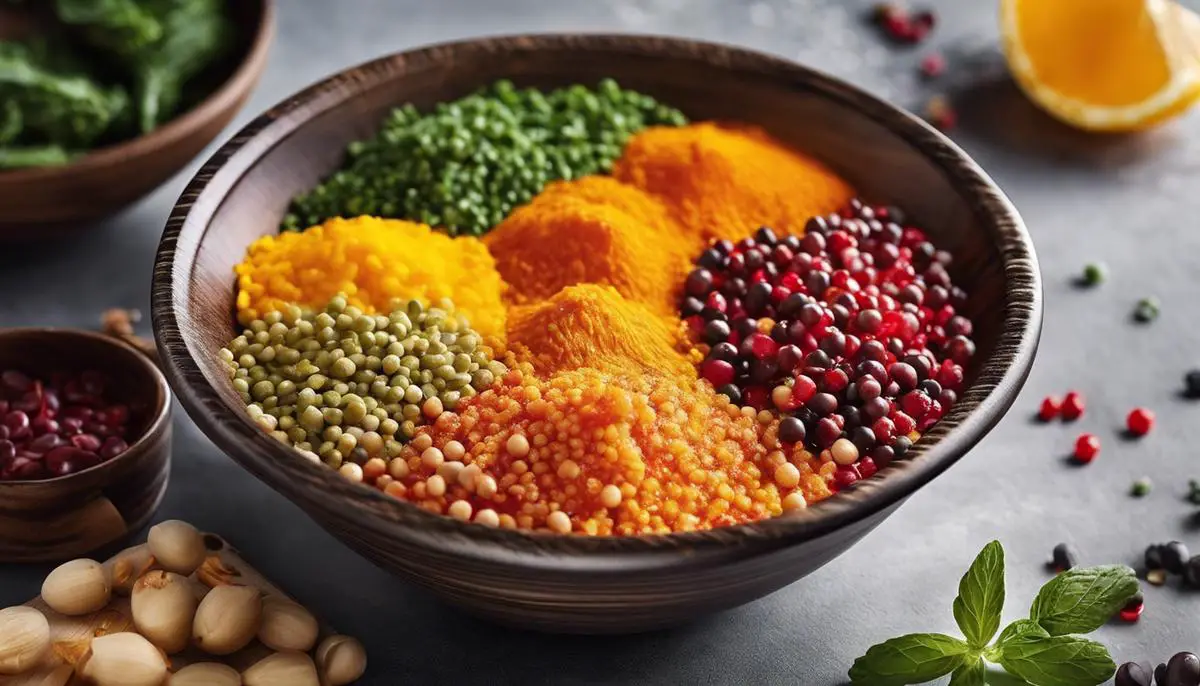Embarking on a gastronomic journey, we often delight in the final tapestry of taste and texture that is a completed dish. Yet, behind each savory bite and sweet sensation lies a complex world of science that guides our culinary adventures. The Science of Cooking is an exploration into this world, where we unravel the mysteries behind the flavors that tantalize our taste buds and the methods that transform raw ingredients into culinary masterpieces. From sizzling skillets to the precise measurements of baking, this essay invites you to understand the chemistry, physics, and biology that drive our food’s transformation from pantry staples to plated art. Armed with this knowledge, anyone can become not just a cook, but a skilled craftsman of cuisine, turning their kitchen into a canvas for delicious creation.
The Chemistry of Flavor
Let’s unravel the delicious mystery of how ingredients harmonize to whip up the symphony of flavors in our beloved meals. Think of it like a family orchestra; every member contributes to the melody, and when they all play in tandem, it’s pure harmony.
Now, imagine a dish as a tapestry, with spices and herbs acting like vibrant threads weaving through it. Each spice carries its own note, its own personality. Take basil and oregano in a classic tomato sauce—they’re like the responsible older siblings, setting the foundation with their robust flavors. And then, a dash of chili flakes barges in like the feisty youngster spicing things up.
When mixing flavors, we’re playing with chemistry. It’s a blend of science and magic, kind of like parenting, isn’t it? Proteins, fats, and carbohydrates come together in a sizzling pan, and it’s more than just heat at work. There’s the Maillard reaction, where heat causes sugars and amino acids to dance, creating that glorious golden-brown crust on a seared steak—akin to the golden moments of family life.
Fats, oh, glorious fats, they’re the peacemakers, smoothing out sharp flavors and carrying fat-soluble vitamins and compounds. They’re like the hugs in a hectic day, enveloping everything in comfort.
Acids are the effervescent toddlers of the kitchen, offering a bright zing that can cut through richer notes. They lift flavors, making them pop brighter than a kid’s laughter during tickle time. Squeeze some lemon on a dish, and it’s like opening the curtains on a sunny morning.
Sweetness often saunters in like a reward after a long day, balancing more aggressive flavors. Like the sweetness of bedtime stories, it brings with it a sense of rightness, of completion to a meal.
Now, don’t forget the salt—it’s the elder of flavors, the grandparent figure, enhancing and deepening the other tastes. Just as elders bring out the best in us, salt draws out the best in other ingredients, making a simple dish into something extraordinary.
And then, there’s the ‘umami’, the savory taste often compared to the profound, indescribable joy of a family hug. It’s the depth, the soulful quality found in aged cheeses, cured meats, and ripe tomatoes; it’s the roundness of flavor that makes certain dishes utterly unforgettable.
When these characters come together, they’re like relatives at a big family feast. They might have their little quirks, but when they blend harmoniously, they create something greater than themselves.
As a bonus tip for those aspiring to create their own culinary concerts at home: taste as you go and trust your senses. The same way one gets to know their family, get to know your flavors, and play with them until you strike that perfect chord.
So there you have it, the secret behind the savory sonnets and sweet serenades on our plates. Now, let’s all gather for a feast that sings a tune as familiar and heartwarming as home itself. Enjoy, and here’s to many more flavorsome family get-togethers around the dinner table!
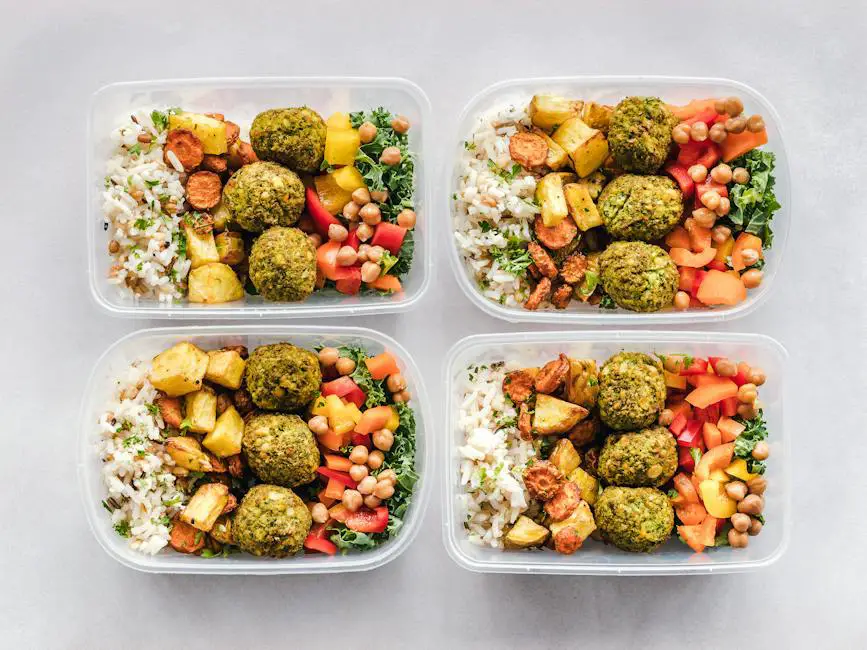
Heat and Cooking Methods
Isn’t it fascinating how a single ingredient can transform under different cooking methods? Seriously, it feels like a magic show in our very own kitchens! Ever paused and wondered why there are oodles of ways to cook? Tuck the apron in, preheat your enthusiasm, and let’s dive into this culinary conundrum.
First up, let’s tackle the basics: heat application. Cooking methods often revolve around how heat cozies up to our food. Roasting, broiling, grilling – ah, the golden-brown charm they bestow! They’re all about dry heat, giving a dish that irresistible crust. Flip over to boiling, steaming, or poaching, and we’re bathing ingredients in moist warmth that nudges out gentler textures and subtle flavors.
Now, picture this – a vibrant vegetable stir-fry and a slow-simmered stew. Can you almost taste the snappy freshness versus the deep, melded savoriness? Ah, the beauty of fast versus low and slow. Fast heat keeps things lively and bright, while a leisurely simmer weaves flavors into a rich tapestry fit for a feast.
Let’s dig a scoop deeper, shall we? Think about the cooking vessels themselves! Cast iron, non-stick, stainless steel – they’re not just for show. Each buddy has its own superpower in influencing the final cheer of our dish. A griddle might gift us those picturesque grill marks, while a dutch oven cradles a stew to perfection.
But hold on, there’s more! Cooking methods can be like a dance-off, showing off the different grooves ingredients can hit. Sautéing a garlic clove unlocks a fragrant zing, but give that same clove a slow roast and behold the caramelized transformation. Each method is like a new music genre, encouraging our ingredients to bust out different moves.
Now get this, every choice made in the kitchen, from slice to sizzle, is a step in the flavor choreography. The quick sear, the patient braise, they don’t just cook; they create layers and dimensions of palate-pleasing textures and aromas.
Ever found yourself pondering the muted whisper of flavors in a poached pear or the raucous shout of a blackened fish taco? That’s not just random luck; it’s the deliberate result of the chosen cooking symphony, each instrument – I mean, method – tuning the taste and sensation to strike the right chord.
And to tie it all up, remember, regardless of the method, it’s all about the love of crafting something delicious, sharing it, and licking the plate clean (come on, we’ve all been there). So the next time the oven dings or the pot simmers, take a second to appreciate the complex harmony behind those heavenly bites. Now let’s turn that heat up and keep those culinary experiments rolling because those dishes won’t cook themselves! Enjoy, fellow kitchen maestros!
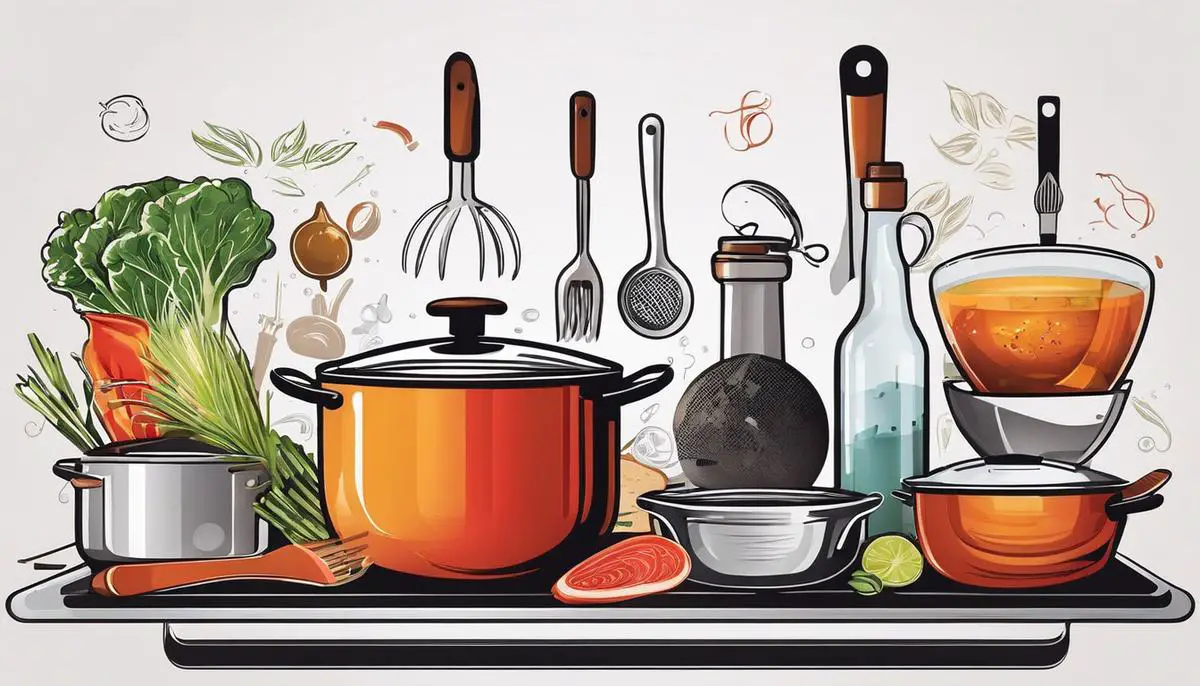
The Role of Fats, Proteins, and Carbohydrates
Ready to talk about the magic of macronutrients in our beloved kitchen rituals? Hold onto your spatulas as we delve into the culinary ballet of fats, proteins, and carbohydrates, and their dance with our health.
Think of fats as the maestros of mouthfeel, those culinary conductors that turn a simple meal into a symphony on the tongue. Whether it’s the rich caress of avocado, a whisper of butter, or a drizzle of olive oil, fats bring texture and satisfaction to the palate like no other. But there’s a caveat – moderation and type are key. Unsaturated fats, hello avocados and nuts, are your friends. However, dance away from trans fats; they’re the party crashers you didn’t invite.
Proteins, oh what would our menus be without thee? These are the building blocks, the powerhouses that not only nourish and repair our bodies but also gift our taste buds with hearty depth. They’re the gymnasts of culinary arts, flexing and changing texture with each flick of the heat. Slow-cooked, tender pulls of meats, a seared fillet with a golden crust, or a plump, charred shrimp – proteins are a diverse bunch. But, too much of this nutrient can lead to its own tango of troubles. Variety, so they say, is the spice of life, and this holds true for your protein sources too.
Now, let’s waltz over to carbohydrates. These energy-providing dynamos are often misunderstood. Yes, they’re essential for that pep in your step and fuel for the little ones running amok in the backyard. In cooking, they’re the carriers of crunch and comfort, from crusty bread to al dente pasta. However, their true colors shine when they’re of the complex kind – think whole grains and legumes – offering nutrients aplenty and keeping the digestion dance smooth.
Let’s remember, the key to this nutrient tango is balance and quality. Mingle with good fats, embrace lean proteins, and twirl with complex carbs to create meals that are not only a delight to devour but also serenade your wellbeing. It’s not just about tossing ingredients together; it’s about crafting a harmonious ballet of nutrients that will benefit the body and soul, bite after jubilant bite.
So pull out those pots and fire up the stoves, seasoned chefs and novices alike. Revel in the joy that these macronutrients bring to the table, reveling in the flavors they contribute to our lives, celebrating the bonds they strengthen around our dinner tables, and savor each dish crafted with love and understanding of the wondrous roles they play. Bon appétit!
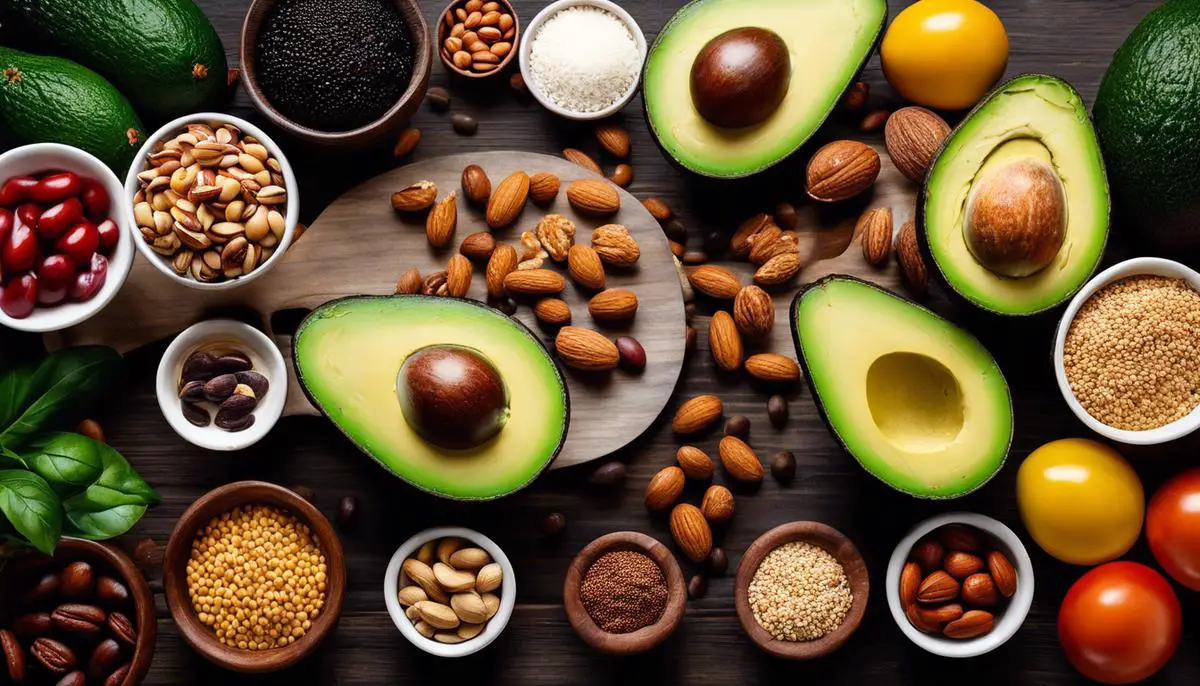
The Science of Baking
Baking at Home: The Scientific Art of Perfect Pastries and Concoctions
When it comes to transforming a pile of ingredients into a treat that’ll make taste buds do a happy dance, baking is where the magic happens. It’s a grand scientific dance, where measuring cups and teaspoons take the stage, ensuring each element performs to perfection. Let’s spin into the whirling world of baking science, and uncover the secrets to mastering this delicious craft right in the comforts of our own kitchen.
It’s no secret that baking is a meticulous process, a symphony of precision where each note must be pitch-perfect. One might wonder, how does a teaspoon more or less can make or break a fluffy cake or a buttery batch of cookies? The answer lies in the heart of baking: molecular gastronomy’s less showy cousin. Baking is all about those sweet reactions, the little molecular bonds between flour, sugar, and fats that create textures ranging from crispy to cakey.
In the oven’s heat, ingredients metamorphose, with the microscopic yeast beasties gasping their last breaths to give that bread its rise. It’s a finicky process, one where temperature control is as vital as the air traffic control at a bustling airport. Too hot, and the outside burns while the center remains a gooey mess; too cool, and the balloon of a risen dough deflates in culinary despair.
Flour steps up to the plate, a powerhouse of gluten-forming proteins that demand just the right amount of liquid and kneading. The gluten takes the dough for a tango, stretching and holding in those precious air pockets that make a pastry light and airy. And sugar, oh sweet sugar, not just a treat for the tongue but a tenderizer, moisturizer, and colorizer, basking in the golden glow of the perfectly browned crust.
Mastering this scientific art at home is not a journey of wild guesses and reckless abandon; no, it is a path walked with the precision of a tightrope act. Scale those ingredients, for volume is fickle and faithless, and only the gravity-defying accuracy of weight can be trusted. Master the microscope of teaspoon measurements, for in the atomic world of baking, the little guys rule the roost.
A home baker becomes a chemist, realizing the importance of fresh leavening agents. Baking soda and baking powder lose their oomph as they age, turning a sky-high soufflé into a sad, sunken artifact. And those eggs, often overlooked but oh so critical, must be just the right size, lest their proportions throw the entire equation off balance.
To top it off, mastering the art of patience is crucial. Mixing and matching, trying and failing, but also learning and celebrating every victorious batch. Recognize the unique quirks of your oven, that unpredictable box of thermal whimsy, and know that what works for one may not for another. Each homestead harbors its own microclimate of baking conditions.
In the journey to becoming a baking maestro, embrace the unexpected twists and turns. Those who dare to venture into the heart of their home kitchen, armed with a whisk and a well-worn recipe, are the brave souls who will unravel the delicious mysteries of this precise science. Just remember, when the oven light dims and the kitchen timer dings, the real joy is found in the warm, comforting aroma of freshly baked love wafting through the air.
No need to summarize, for the air filled with the scent of sweet success tells a story all on its own. Turn off that oven, revel in the glory of a baking job well done, and know that every little detail was a step along the crucial path to perfection.
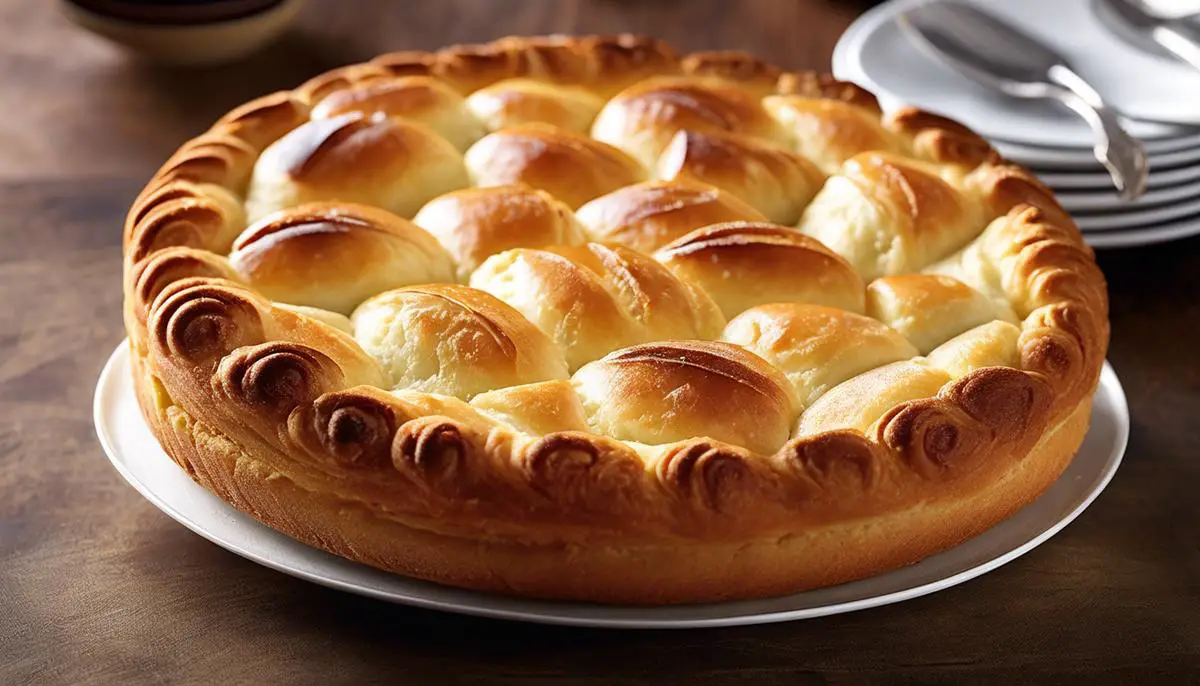
Food Safety and Preservation
Alright, folks! Let’s delve into the sizzling world of food science, where safety and yumminess are best pals! Ever wondered how understanding food science can turn you into a kitchen superhero, ensuring your family’s meals are safe and scrumptiously preserved? Let’s unravel this culinary conundrum together!
First things first, food safety isn’t just about washing your vegetables or refrigerating your leftovers, although those are stellar starting points. Knowing the nitty-gritty of food science equips us to tackle the invisible nasties – hello, bacteria and spoilage organisms! It’s like having x-ray vision in the kitchen. When we comprehend the conditions these critters love, we can outsmart them by storing our foods at temperatures that have them waving the white flag. Take that, foodborne illnesses!
But, hold up! There’s more to this plot. Proper preservation methods are rooted in science too. It’s not just about wrapping up your food; it’s understanding why and how certain methods keep food fresh. Dehydration, for one, zaps the moisture right out of your foods, leaving bacteria high and dry – literally. Ever marveled at jerky or those addictively crunchy dried fruits? That’s food science waving its magic wand for long-lasting snacks.
And listen, there’s this cool thing called pH levels. It’s like the mood ring of food safety. By mastering the pH scale, you can pickle and ferment like a boss, creating an environment where spoilage bacteria can’t crash the party. This isn’t just sauerkraut and kimchi territory – even your homemade jams and jellies are safe, thanks to the pectin party that jams up spoilage with its gel-tastic groove.
Let’s venture into the freezer aisle of our food science supermarket. Freezing is a preservation powerhouse but doing it wrong is a recipe for disaster. Armed with the know-how, we can freeze our eats in ways that lock in freshness and stop bacteria in their icy tracks. It’s all about speed, folks. Rapid freezing forms smaller ice crystals, turning your freezer into the VIP lounge for protecting food’s texture and quality.
Of course, we can’t chat about safety without giving a shout-out to thorough cooking. Wave goodbye to undercooked risks by understanding the safe internal temperatures for meats, poultry, and seafood. A trusty thermometer isn’t just an accessory – it’s an essential member of your kitchen crew. You’ll be serving up dishes that are not just scrumptious, but also sporting a badge of safety.
Last up on our safety soiree is our good friend chemical preservatives. Love ’em or hate ’em; they’re often misunderstood. But when they waltz gracefully into food storage, they’re like the bouncers at Club Food Safety, keeping the riff-raff at bay and ensuring your pantry staples don’t turn into science experiments.
So there we have it, a quick trip down the lane of food science that has us all equipped with kitchen wisdom. It’s not just stirring pots and chopping veggies. It’s a culinary quest where safety and flavor dance hand in hand. Now, go forth and wield your newfound science superpowers like the domestic deity you are. Happy cooking and even happier eating!

The alchemy of the kitchen is a boundless source of intrigue and innovation, where the principles uncovered in this exploration serve as both guide and inspiration. This essay has whisked us through a flavorful concoction of science and practicality, providing insights that extend far beyond mere satisfaction of hunger and into the realms where food meets art and science. As we continue to indulge in the delights of the culinary world, let us carry the understanding of cooking’s scientific underpinnings as a torchlight, illuminating the path to greater culinary mastery and the promise of meals that are as nourishing to the body as they are enchanting to the palate.
